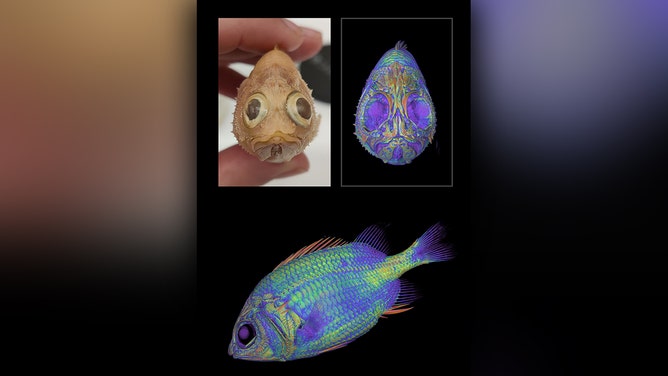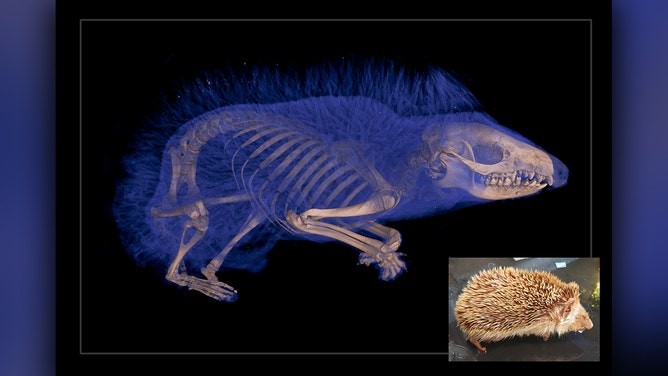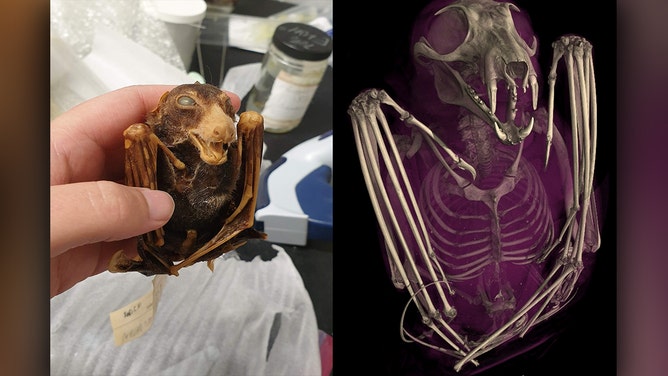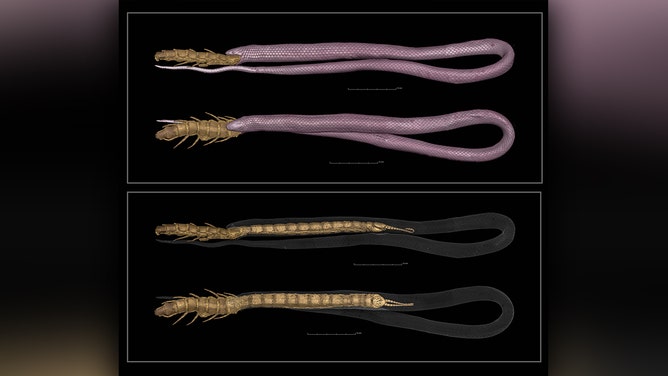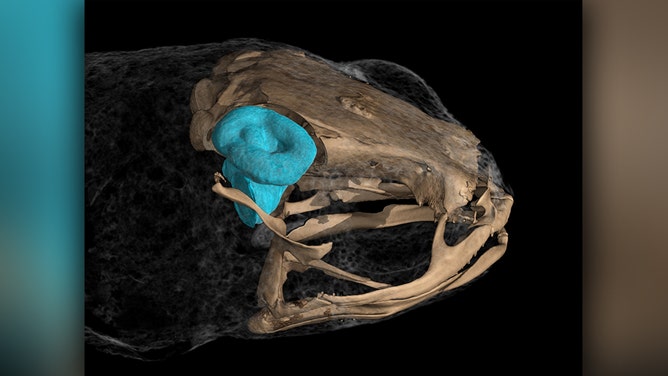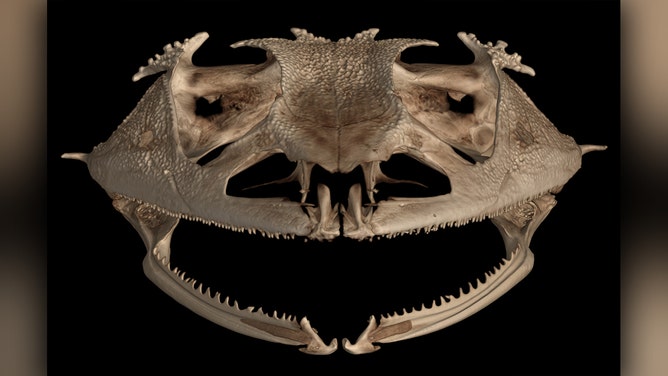3D reconstructions of more than 13,000 vertebrate specimens now online for free
Natural history museums began as cabinets of curiosity in the 16th century. Today, they offer exhibits that showcase biodiversity and educational opportunities for all. However, most collections are still not easily accessible to the public. oVert is working to change this.
The scientific world has reached a new level of accessibility and discovery thanks to 3D reconstructions of vertebrate specimens, and they are all available online for free.
The new project called openVertebrate (oVert) took six years to complete, with the help from 18 natural history museums. Researchers used CT-scans from 2017 and 2023 to digitize more than 13,000 specimens preserved in fluid. The specimens represented over 80% of the vertebrate genera that are currently living.
The CT scans were later used to view the bone structure, resulting in mostly skeletal reconstructions.
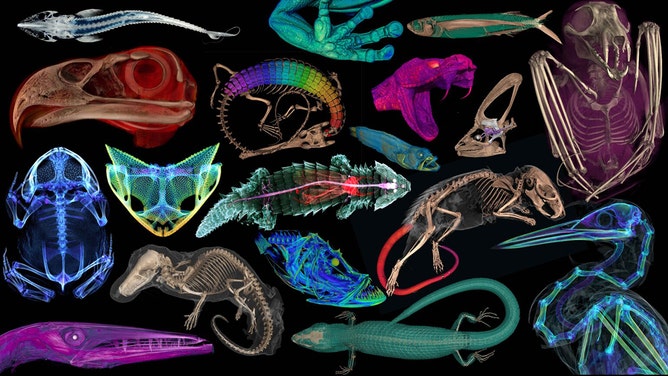
A sampling of the more than 13,000 specimens scanned as part of the oVert project.
(openVertebrate)
Researchers recently summarized their project in the journal BioScience by reviewing the scanned specimens and discussing potential uses for the data.
"When people first collected these specimens, they had no idea what the future would hold for them," said Edward Stanley, co-principal investigator of the oVert project and associate scientist at the Florida Museum of Natural History.
Natural history museums began as cabinets of curiosity in the 16th century. Today, they offer exhibits that showcase biodiversity and educational opportunities for all. Most collections are still not easily accessible to the public. However, oVert is working to change this.
"If you require someone to get on a plane and travel to you to collaborate, that’s prohibitive in a lot of ways," said David Blackburn, lead principal investigator of the oVert project and curator of herpetology at the Florida Museum. "Now we have scientists, teachers, students and artists around the world using these data remotely."
A few specimens scanned were temporarily stained to visualize soft tissues, such as skin, muscle and other organs. The non-destructive method is a breakthrough in specimen observation, researchers said.
"Museums are constantly engaged in a balancing act," Blackburn said. "You want to protect specimens, but you also want to have people use them. oVert is a way of reducing the wear and tear on samples while also increasing access, and it’s the next logical step in the mission of museum collections."
Researchers received $2.5 million from the National Science Foundation and $1.1 million from partnering grants for the project.
Scientists said they have made numerous 3D natural history specimens available to the public online. However, to make the most of their potential, more advancements in machine learning and supercomputing are needed.
